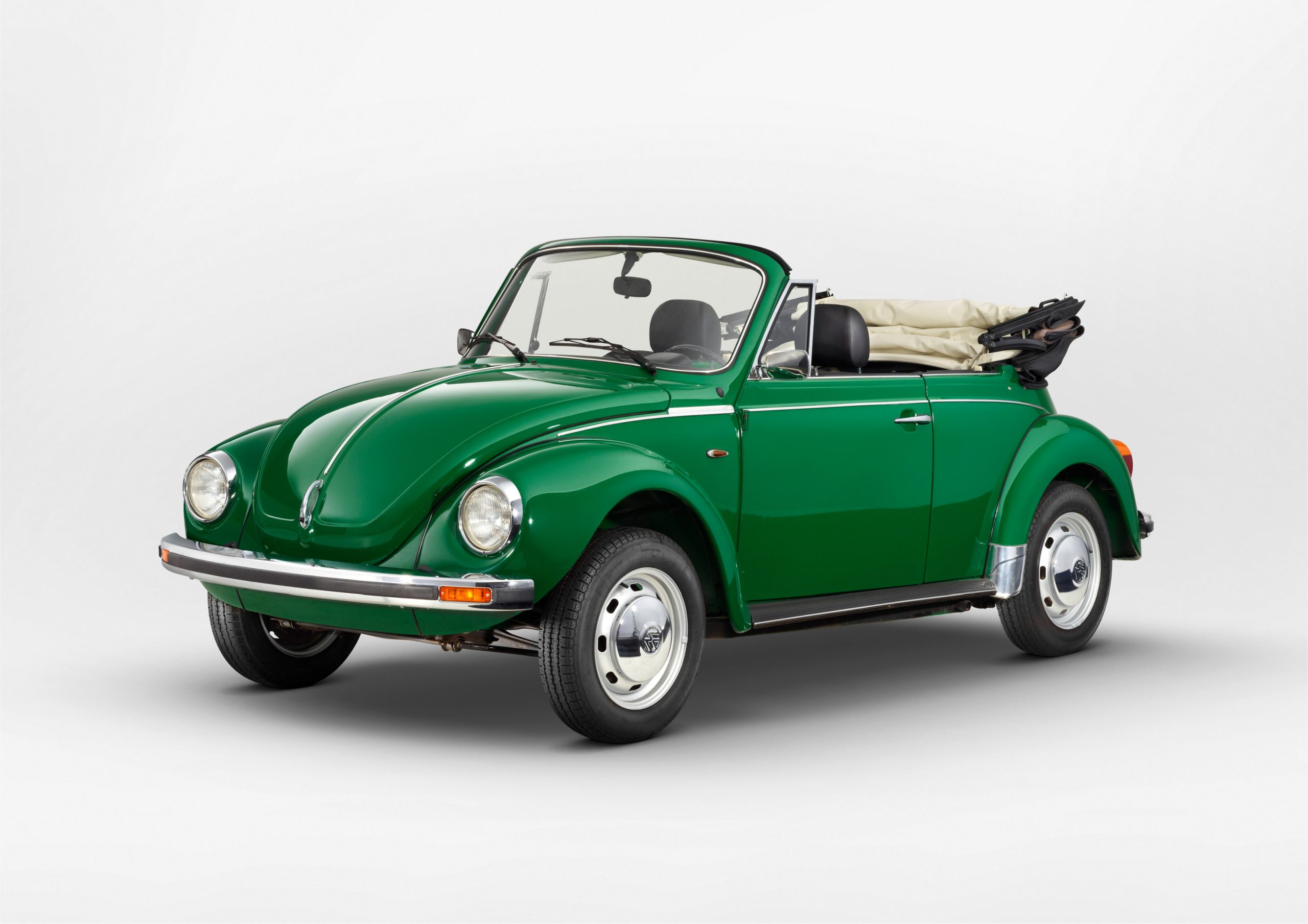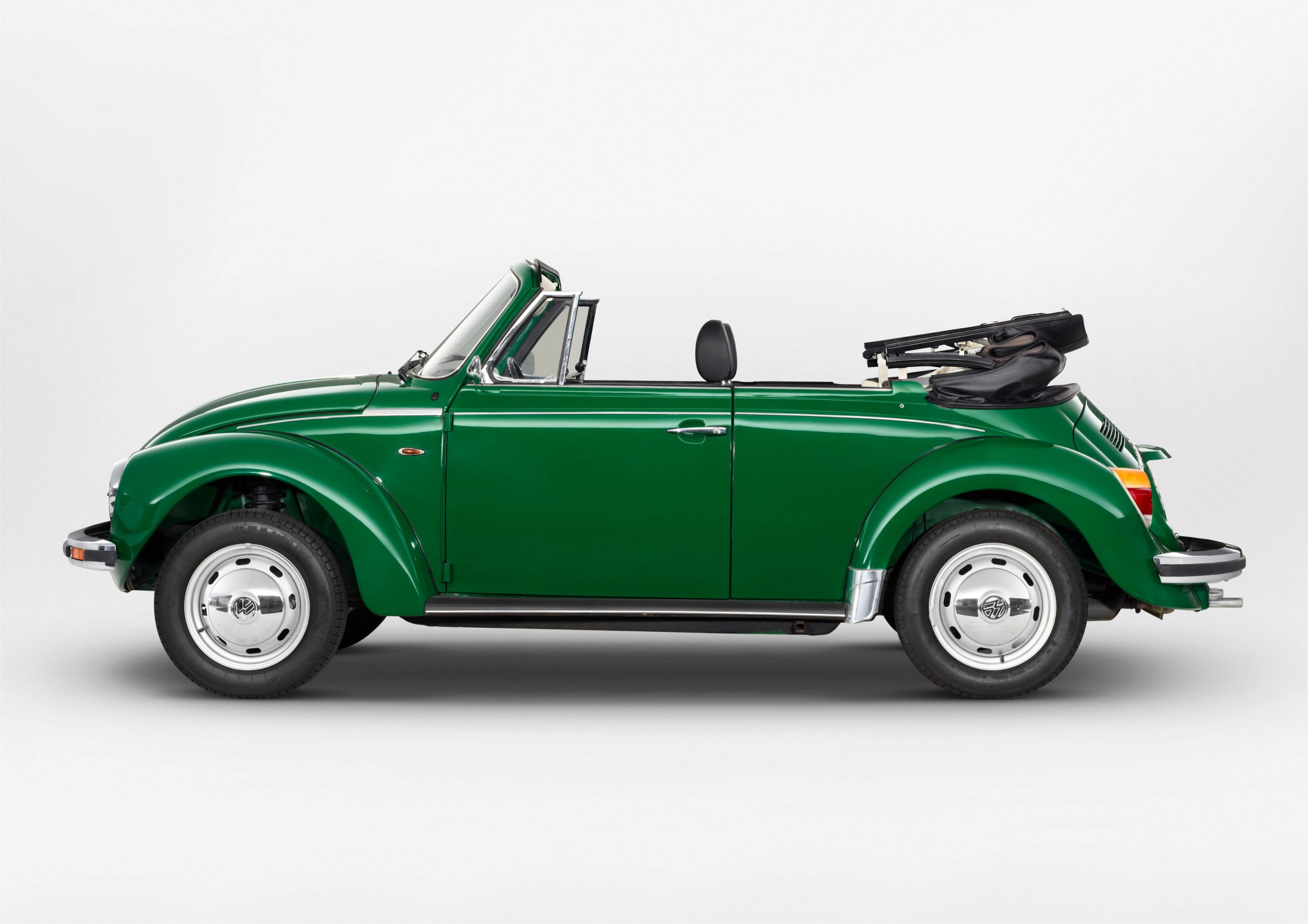The VW Beetle (VW Type 1) is a lower mid-range passenger car model of the Volkswagen brand with an air-cooled four-cylinder boxer engine and rear-wheel drive, built from late 1938 to summer 2003. With over 21.5 million vehicles, the Beetle was the best-selling automobile in the world before being surpassed by the VW Golf in June 2002. From 1973 to 1980, the VW 1303 Cabriolet was built at Karmann, still nearly 115,000 units. At the time, it was the cheapest way to transport five people in the open air and it was loved, even today. The 1979 model year was the last year of production for the 1303 LS, and it had some notable features that set it apart from earlier models.
The VW Beetle (VW Type 1) is a lower mid-range passenger car model of the Volkswagen brand with an air-cooled four-cylinder boxer engine and rear-wheel drive, built from late 1938 to summer 2003. With over 21.5 million vehicles, the Beetle was the best-selling automobile in the world before being surpassed by the VW Golf in June 2002. From 1973 to 1980, the VW 1303 Cabriolet was built at Karmann, still nearly 115,000 units. At the time, it was the cheapest way to transport five people in the open air and it was loved, even today. The 1979 model year was the last year of production for the 1303 LS, and it had some notable features that set it apart from earlier models.
One of the most significant changes for the 1303 LS was the introduction of MacPherson strut front suspension, which replaced the previous torsion bar setup. This change improved the car’s handling and made it more comfortable to drive on rough roads. Additionally, the 1303 LS had a larger windscreen and bigger windows overall, which gave the car a more modern look and improved visibility for the driver.
Another change for the 1303 LS was the introduction of a hydraulic clutch, which made shifting gears smoother and easier. The car also had a larger fuel tank, which meant that drivers could go further between fill-ups. Under the hood, the 1303 LS had a 1.6-liter, air-cooled, flat-four engine that produced 50 horsepower. While this may not seem like much by modern standards, it was more than enough to propel the lightweight car along at a reasonable pace. The engine was paired with a four-speed manual transmission, which was standard on all Beetles of this era.
In terms of styling, the 1303 LS had a more modern look than earlier Beetles. The car had a curved windshield and a sloping rear deck lid, which gave it a more aerodynamic profile. The car also had bigger bumpers, which improved safety in the event of a collision. Inside, the 1303 LS had a more spacious and comfortable cabin than earlier Beetles. The seats were larger and more supportive, and the dashboard was redesigned with more modern gauges and controls. The car also had better sound insulation, which made for a quieter and more pleasant driving experience.



